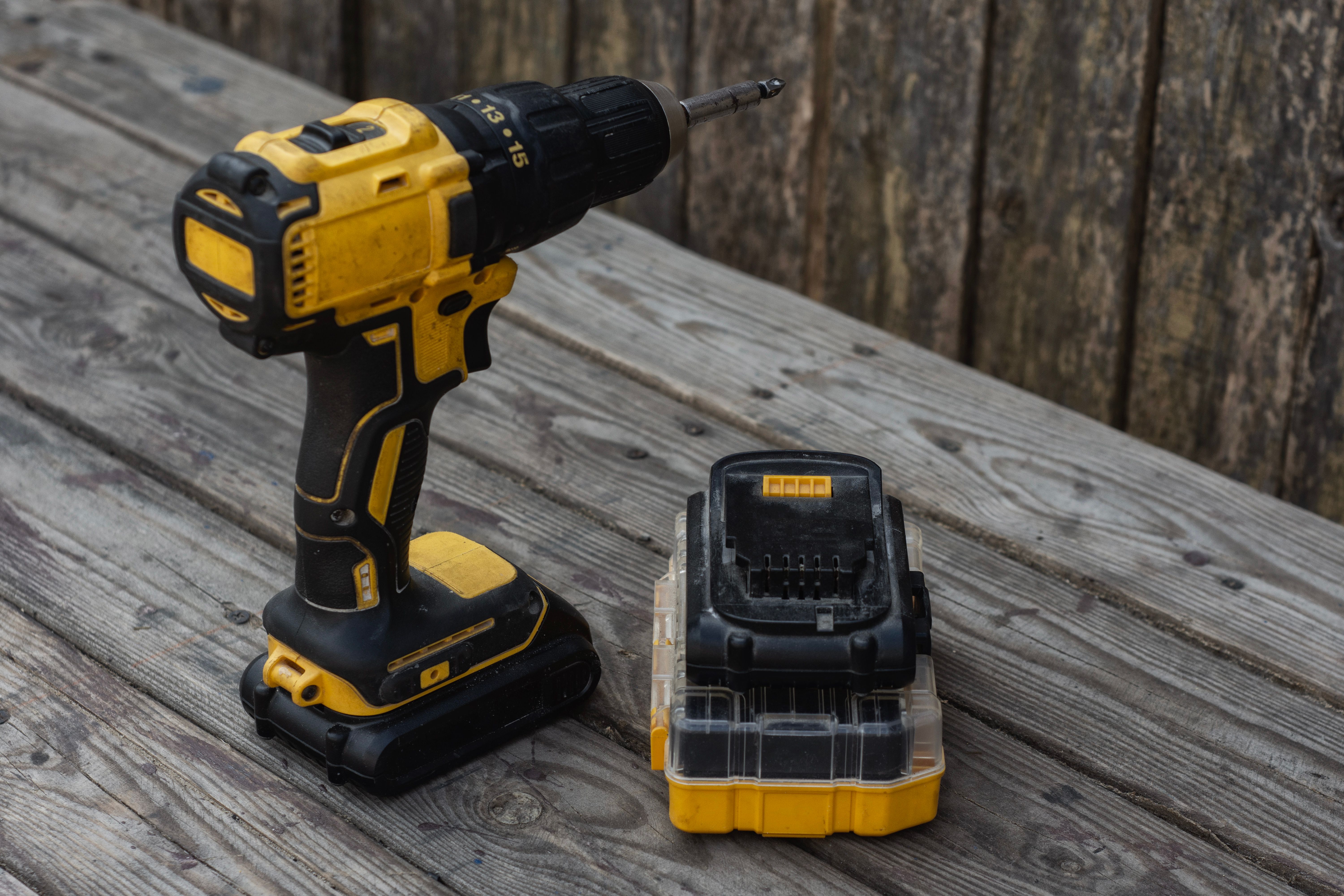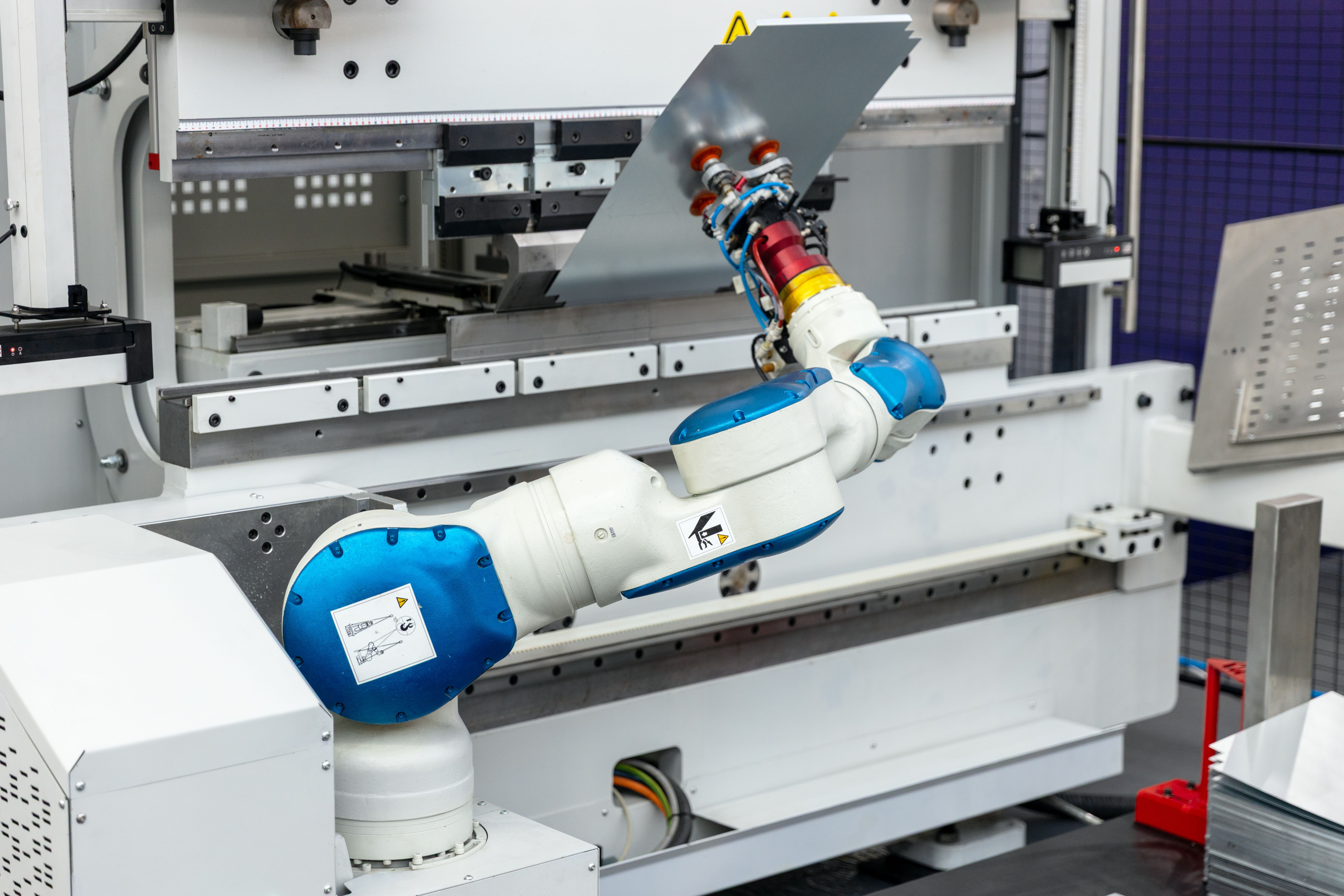Top 5 Innovations in Metal Beveling
RR
Introduction to Metal Beveling
Metal beveling is a crucial process in metal fabrication, enhancing the strength and finish of welded joints. This technique involves cutting an angled edge on a metal piece to prepare it for welding, ensuring the weld has a strong bond and a smooth finish. Over the years, numerous innovations have emerged, improving efficiency and precision in metal beveling.

Automated Beveling Machines
One of the most significant advancements in metal beveling is the development of automated beveling machines. These machines have revolutionized the industry by automating the entire beveling process. They are equipped with advanced software that allows for precise control over the angle and depth of the bevel. This automation not only increases productivity but also minimizes human error, ensuring consistent results every time.
Automated machines are particularly beneficial for large-scale operations where time and accuracy are critical. By reducing the need for manual intervention, businesses can achieve faster turnaround times while maintaining high-quality standards.
Portable Beveling Tools
For smaller projects or on-site applications, portable beveling tools provide a flexible solution. These lightweight devices are easy to transport and allow workers to perform beveling tasks in various locations without the need for bulky equipment. Modern portable tools often feature ergonomic designs to reduce operator fatigue and increase efficiency.

Laser Beveling Technology
Laser technology has made its mark in metal fabrication with its introduction to beveling processes. Laser beveling offers unmatched precision and speed, making it a preferred choice for complex projects requiring intricate details. The non-contact nature of laser technology reduces wear and tear on equipment, leading to lower maintenance costs over time.
Furthermore, laser beveling can handle a diverse range of materials, from thin sheets to thick plates, without compromising on quality. This versatility makes it an attractive option for industries such as aerospace and automotive, where precision is paramount.
Robotic Beveling Systems
The integration of robotics into metal beveling processes has opened new possibilities for efficiency and accuracy. Robotic beveling systems leverage advanced sensors and programming to automate complex tasks, ensuring precision across all stages of production. These systems can operate continuously with minimal supervision, offering significant cost savings in labor and time.

Advanced Material Handling Solutions
Innovations in material handling have also contributed to enhanced beveling processes. Advanced material handling systems facilitate the smooth transition of metal pieces through various stages of beveling, reducing downtime and improving workflow efficiency. These systems are designed to handle heavy loads safely, minimizing the risk of accidents and damage.
By integrating these solutions into their operations, companies can streamline their production lines, ensuring that the entire beveling process is optimized for maximum output.
Conclusion
The field of metal beveling has seen remarkable advancements over the past few years. From automated machines to laser technology and robotic systems, these innovations have transformed how industries approach metal fabrication. As technology continues to evolve, we can expect even more groundbreaking developments that will further enhance the capabilities and efficiency of metal beveling processes.